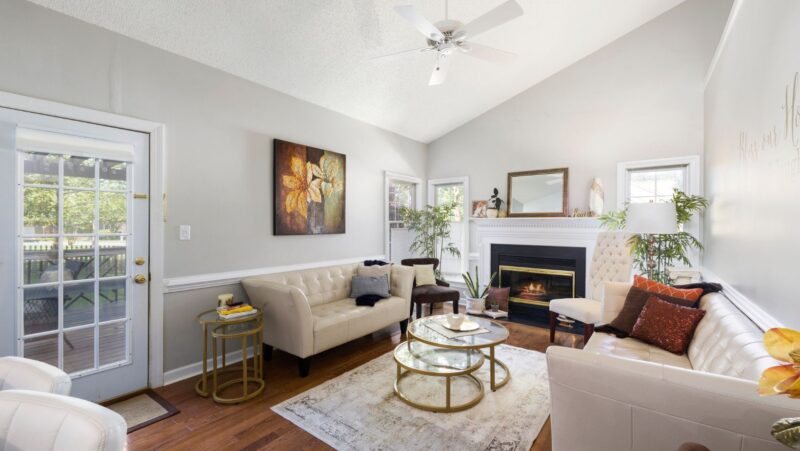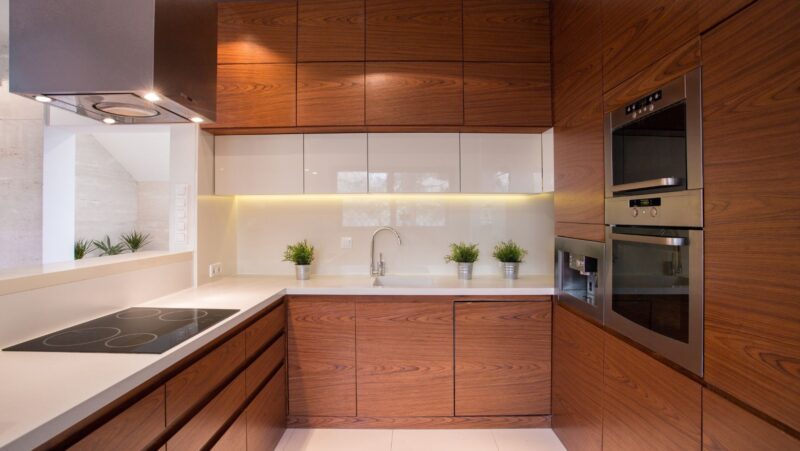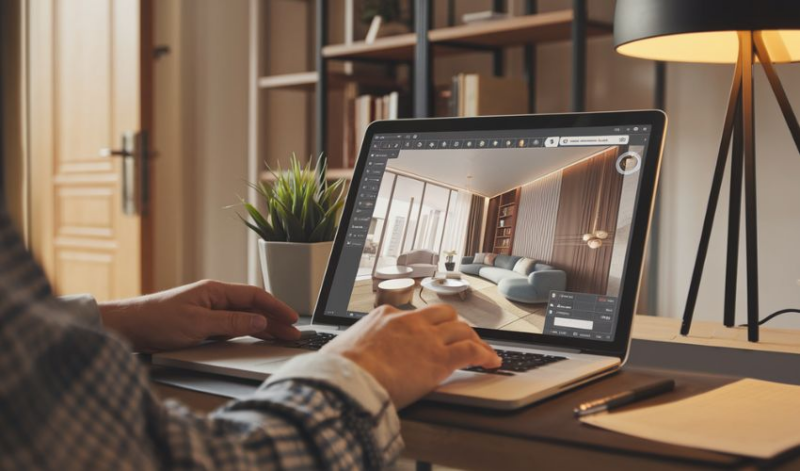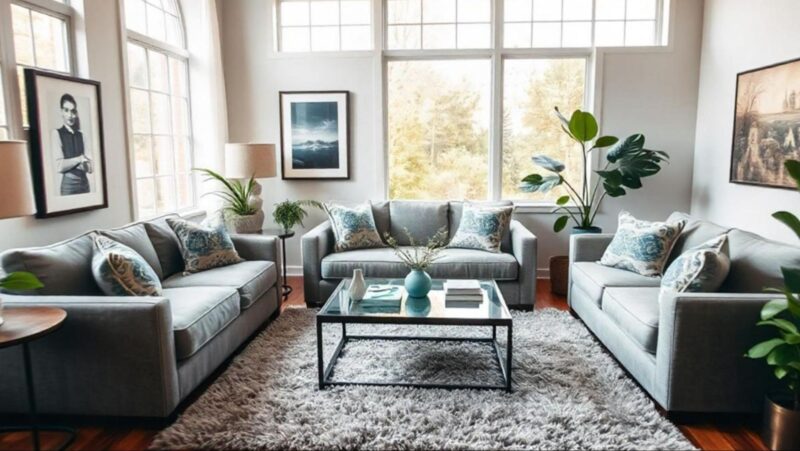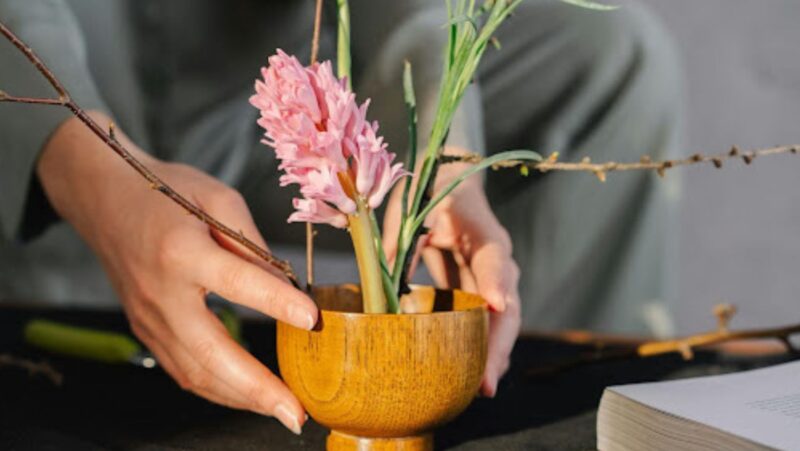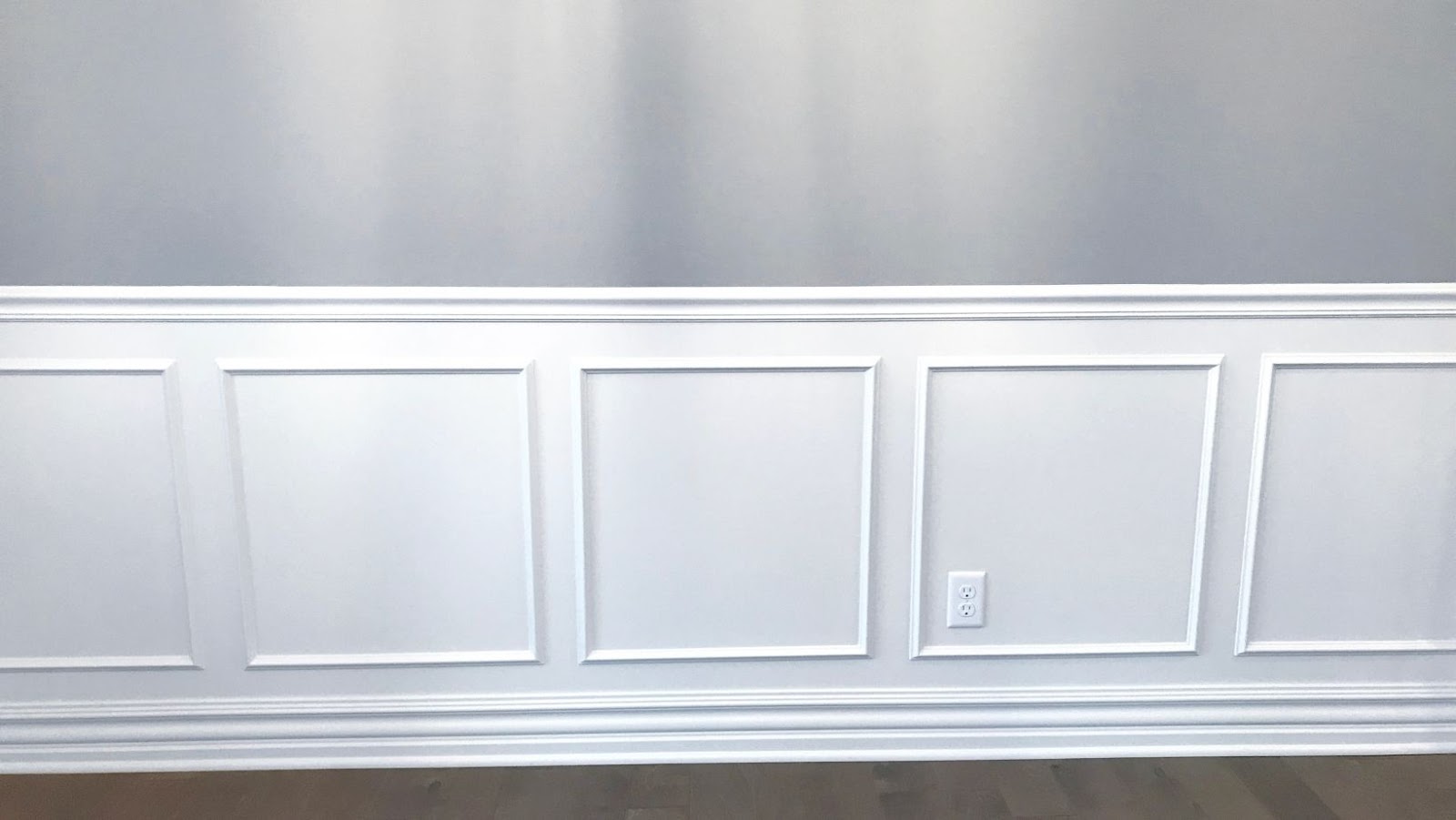
There are several types of wainscoting, including:
- Plank: This type of wainscoting consists of narrow, vertical strips of wood that are placed side by side. Plank wainscoting is typically used in country-style or rustic homes.
- Tongue and groove: Tongue and groove wainscoting consists of boards that have interlocking “tongues” and “grooves.” This type of wainscoting is more formal than plank wainscoting, and is often used in traditional-style homes.
- Beadboard: Beadboard wainscoting consists of panels that have vertical grooves, or “beads.” This type of wainscoting is casual and relaxed, and is often used in beach-style or cottage-style homes.
- Raised panel: Raised panel wainscoting consists of panels that have raised, or recessed, center sections. This type of wainscoting is more formal than beadboard wainscoting, and is often used in traditional-style homes.
- Decorative: Decorative wainscoting can include any type of wainscoting that has been embellished with molding, carvings, or other decorative details. Decorative wainscoting is typically used in formal-style homes.
What is wainscoting?
Wainscoting is a type of wood paneling that is used to cover the lower portion of walls. It is typically used in homes with a traditional or formal décor, but can be used in any type of home. Wainscoting can add visual interest and texture to a room, and can also help to protect walls from scuffs and scratches. There are several types of wainscoting, including plank, tongue and groove, beadboard, raised panel, and decorative.
How to install wainscoting in your home?
Installing wainscoting in your home is a relatively simple process. You will first need to decide on the type of wainscoting you would like to use, and then measure the area where you will be installing it. Next, cut the panels to size and attach them to the wall using nails or screws. Once the panels are in place, you can add trim or molding to give the wainscoting a finished look.
Wainscoting ideas for every room in your house
Wainscoting can be used in any room of your house, including the living room, dining room, kitchen, bathroom, and bedrooms. Here are a few ideas for how you can use wainscoting in each room:
- Living room: Wainscoting can add a touch of elegance to a living room. Try using raised panel wainscoting around the perimeter of the room, and add a chair rail to create a two-tone effect.
- Dining room: Wainscoting can make a dining room feel more formal. Try using raised panel or decorative wainscoting around the perimeter of the room, and add a chair rail to protect the walls from scuffs.
- Kitchen: Wainscoting can give a kitchen a country-chic feel. Try using beadboard or plank wainscoting around the perimeter of the room, or on the island.
- Bathroom: Wainscoting can add texture and interest to a bathroom. Try using beadboard wainscoting around the perimeter of the room, or on the walls of the shower.
- Bedrooms: Wainscoting can give a bedroom a cozy feeling. Try using beadboard or plank wainscoting around the perimeter of the room, or on the accent wall.
Why does everyone love wainscoting?
Wainscoting is a popular home décor trend because it is attractive and versatile. It can be used in any room of the house, and can be dressed up or down to suit the style of the room. Wainscoting is also relatively easy to install, making it a great do-it-yourself project.








